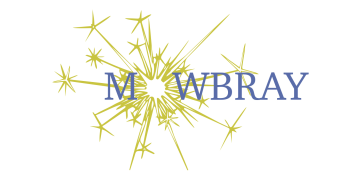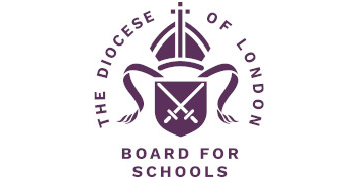The UK government has announced Operation Warm Welcome for the thousands of Afghan refugees resettling in Britain. And for the children who are part of that group, the welcoming embrace of our education system is to take the form of compulsory “British values” lessons, without recognising their own contribution to our culture.
But of course, schools already have a legal duty since 2014 to promote British values of mutual respect and tolerance through their curriculum, so the announcement seems surprising to me, and to many.
The idea of values lessons says more about our feeling of cultural distance from those we are supposedly welcoming than about our genuine desire to welcome them – to value, rather than simply tolerate, them.
More than that, it ignores the latent potential of our entire curriculum to celebrate those values. I’m a mathematician and a childhood evacuee, so let me take my subject and my personal experience as examples. The challenges I faced aren’t of the same order as the refugees we are welcoming, but they do offer some insight.
My father was in the services and posted to RAF El Adem in Libya, when I was born. My family lived in the coastal town of Tobruk, and my dad would sometimes film the nearby ancient ruins around Cyrene, capturing its wonderful Roman mosaics.
Developing mathematical knowledge and exploring the arts are not mutually exclusive
Then Gaddafi’s coup led to the swift withdrawal of British troops from the country, and my family were evacuated. I was just a few weeks old when we landed at RAF Brize Norton. I’ve never seen Cyrene, and I may as well have never laid eyes on Libya, but it has nevertheless heavily influenced my life. Among my parents’ legacy is a deep respect for its culture (and all cultures) and a fascination with art.
Mosaics combine mathematical precision and geometry with creativity and imagination. Those my father filmed in Cyrene were typically Roman, created by fitting numerous small, square tiles together without overlapping, to produce a tessellating pattern. He was awed by them, and the visual record he produced is something I still cherish to this day.
As a child, I cherished my beautiful wooden tessellation set, which included a much wider range of 2D shapes than the squares or rectangles typically tiling UK homes. It meant I could become much more creative with my early designs. (An online version of this childhood game is available here).
For mosaic artists, the ability to hold and manipulate an image in our minds is key. And research has shown that visualisation is also deemed important for supporting students to successfully transition from the demands of primary to secondary mathematics. For Afghan children whose primary maths curriculum focuses only on number and includes no geometry, it’s doubly important.
Encouraging students to explore and create their own mosaics not only enables them to develop this skill; it also enables schools to celebrate the role of mosaics and tessellating shapes across different cultures.
Comparing the stunning Islamic mosaics of the Alhambra Palace with the Roman mosaics from Cyrene, for example, you notice how followers of Islam use abstract geometrical shapes to promote spiritual contemplation, where the Romans reproduced the world they knew in the forms of animals and humans.
This kind of work enables schools to develop mutual tolerance and respect between cultures. But more than that, celebrating the contribution of Islamic art to our lives seems an ideal way to welcome these refugee children, who are adapting to a very different culture.
Add local mosaics from homes and offices, churches and mosques, and all students have the opportunity to experience the moments of awe and wonder that bring us together across time and space. Developing mathematical knowledge and skills and exploring the arts and beliefs from different ages and traditions are not mutually exclusive.
It is worth noting that Afghan schools teach subjects separately from a young age, so refugee children may be unfamiliar with making cross-curricular connections. But with the right support, what need is there for separate values lessons?
A broad and balanced curriculum is the warmest welcome our schools can give.











Your thoughts